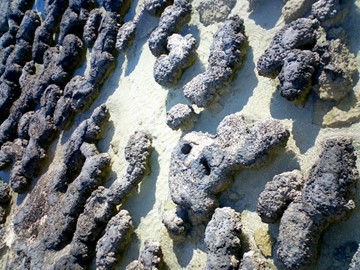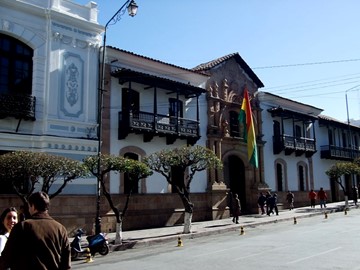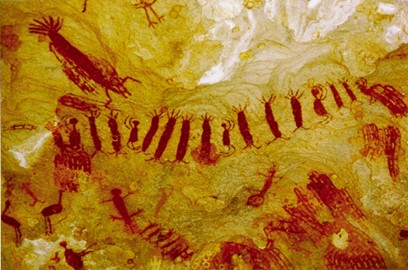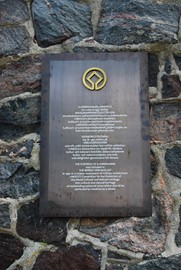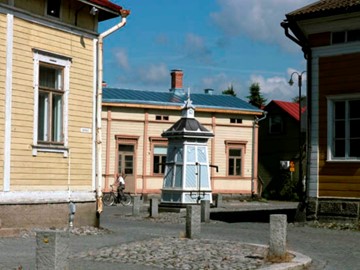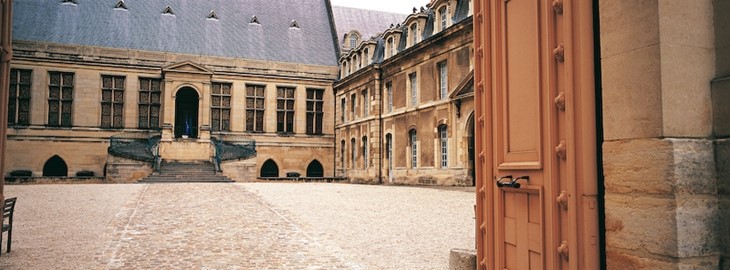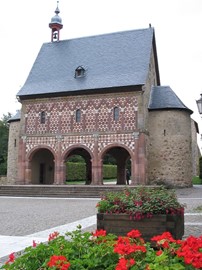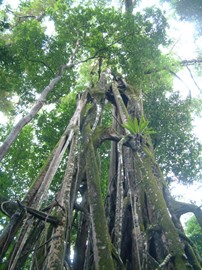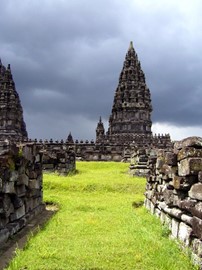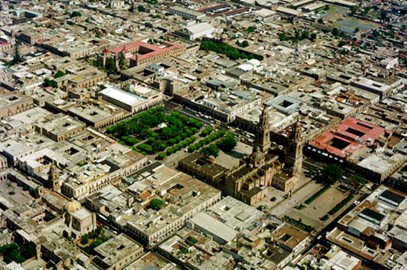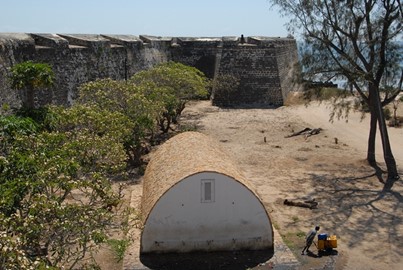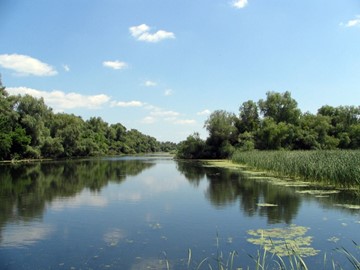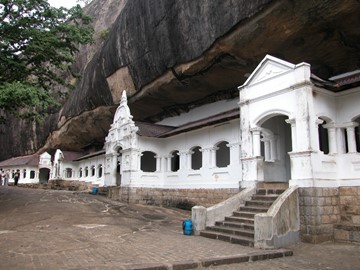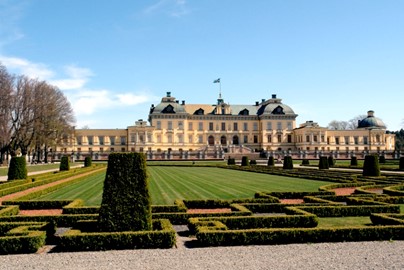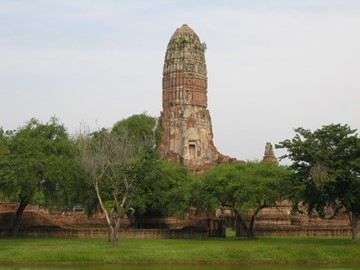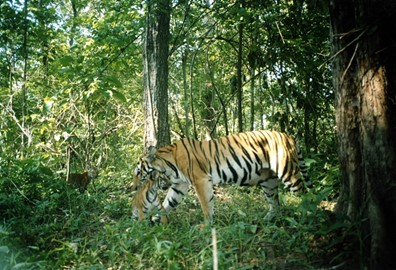year :: 1991
Shark Bay
Shark Bay, a UNESCO World Heritage site in Australia, is a pristine coastal region famed for its rich marine biodiversity and unique ecological features. Its shallow, turquoise waters host the world’s largest seagrass beds, sustaining a thriving population of dugongs, dolphins, and sharks. Ancient stromatolites, living fossils formed by cyanobacteria, highlight its evolutionary significance, while hypersaline lagoons and sandy beaches add to its diverse beauty. This untouched ecosystem serves as a critical ... Read More
Sucre
Sucre, a UNESCO World Heritage site in Bolivia, is a well-preserved colonial city celebrated for its historical and architectural significance. Founded in 1538, it features whitewashed buildings, ornate churches, and grand civic structures, reflecting its past as a political and cultural center of Spanish rule. Inscribed by UNESCO in 1991, it embodies a harmonious blend of indigenous and European styles. Sucre remains a living showcase of Bolivia’s colonial heritage and urban elegance.
Serra da Capivara
Serra da Capivara National Park, a UNESCO World Heritage site in Brazil, is an archaeological treasure renowned for its ancient rock art and prehistoric significance. Housing thousands of paintings dating back over 25,000 years, it offers evidence of early human presence in South America, set amid dramatic cliffs and canyons. Recognized by UNESCO in 1991, it’s a vital window into humanity’s distant past. The park remains a remarkable testament to Brazil’s ancient heritage.
Fortress of Suomenlinna
The Fortress of Suomenlinna, a UNESCO World Heritage site in Finland, is an impressive 18th-century sea fortress built across several islands. Constructed by the Swedish crown in 1748 to protect against Russian expansion, it features robust stone walls, bastions, and a strategic layout reflecting military architecture of the time. Today, it stands as a well-preserved historical monument, attracting visitors with its rich history, scenic views, and cultural significance.
Old Rauma
Old Rauma, a UNESCO World Heritage site in Finland, is a well-preserved example of a traditional Nordic wooden town, recognized in 1991 for its unique medieval street layout and vernacular architecture. Situated on the Gulf of Bothnia, it features colorful wooden buildings, including homes and shops, centered around the 15th-century Holy Cross Church, a remnant of a Franciscan monastery. Despite fires in the 17th century, it retains its historical charm as a living community with residents and businesses. I... Read More
Paris, Banks of the Seine
Paris, Banks of the Seine, a UNESCO World Heritage site in France, is renowned for its historic and cultural significance. This iconic stretch along the Seine River showcases a remarkable ensemble of architectural masterpieces, including Notre-Dame Cathedral, the Louvre Museum, and the Eiffel Tower, reflecting centuries of artistic and urban development. Its designation highlights its outstanding universal value, preserving a unique blend of history, aesthetics, and human ingenuity for future generations.
Reims
The Cathedral of Notre-Dame, Former Abbey of Saint-Rémi, and Palace of Tau in Reims, France, form a UNESCO World Heritage site renowned for their historical and architectural significance. The Gothic-style cathedral, a masterpiece of 13th-century design, served as the coronation site for French kings. The nearby Abbey of Saint-Rémi, with its Romanesque and Gothic elements, preserves centuries of religious heritage, while the Palace of Tau, once an archbishop’s residence, showcases opulent interiors tied to ... Read More
Abbey and Altenmünster of Lorsch
Abbey and Altenmünster of Lorsch, a UNESCO World Heritage site in Germany, is a well-preserved example of Carolingian architecture from the 8th and 9th centuries. Founded as a Benedictine monastery, it played a significant role in the religious and cultural development of the region during the early Middle Ages. The site includes the iconic Torhalle (gatehouse), one of the few remaining structures of its kind, showcasing intricate stonework and historical significance. Its recognition by UNESCO highlights i... Read More
Borobudur
Borobudur, a UNESCO World Heritage site in Indonesia, is a magnificent 9th-century Buddhist temple renowned for its intricate design and historical significance. Constructed with over two million stone blocks, this architectural marvel features a massive stupa at its summit, surrounded by 72 smaller stupas and more than 500 Buddha statues. The temple’s walls are adorned with detailed reliefs depicting Buddhist teachings, making it a vital cultural and spiritual landmark. Today, it stands as one of the world... Read More
Ujung Kulon
Ujung Kulon National Park, a UNESCO World Heritage site in Indonesia, is a biodiverse sanctuary renowned for its lush rainforests, pristine beaches, and rare wildlife. It serves as the last refuge for the critically endangered Javan rhino, alongside other species like leopards, gibbons, and sea turtles. The park’s volcanic landscape, including the iconic Krakatau island, adds to its ecological and historical significance. Conservation efforts here focus on protecting its unique ecosystem and promoting susta... Read More
Komodo
Komodo National Park, a UNESCO World Heritage site in Indonesia, is renowned for its unique biodiversity, most notably as the habitat of the Komodo dragon, the world’s largest lizard. Established in 1980, the park encompasses a group of volcanic islands with rugged terrain, pristine beaches, and vibrant coral reefs, supporting a rich array of marine and terrestrial species. It serves as a critical conservation area, protecting endangered wildlife and offering visitors a glimpse into a prehistoric ecosystem.... Read More
Prambanan
Prambanan Temple, a UNESCO World Heritage site, is a stunning 9th-century Hindu temple complex renowned for its intricate stone carvings and towering architecture. Dedicated primarily to the Trimurti—Brahma, Vishnu, and Shiva—it showcases Indonesia's rich cultural and religious history. The temple’s detailed reliefs depict scenes from the Ramayana, offering insight into ancient artistry and storytelling. Restored after centuries of neglect and natural disasters, it stands as a testament to human ingenuity a... Read More
Morelia
Historic Centre of Morelia, a UNESCO World Heritage site in Mexico, is renowned for its well-preserved colonial architecture and historical significance. Founded in 1541, the city boasts a stunning historic center with over 200 buildings constructed from pink Cantera stone, including the majestic Morelia Cathedral. Its urban layout and cultural traditions, such as the annual International Music Festival, reflect a harmonious blend of Spanish and indigenous influences, making it a captivating destination for... Read More
Island of Mozambique
The Island of Mozambique, a UNESCO World Heritage site, is a historic island off the northern coast of Mozambique renowned for its rich cultural and architectural legacy. Once a major trading hub in the Indian Ocean, it blends African, Arab, and European influences, evident in its well-preserved colonial buildings, including the 16th-century Fortress of São Sebastião and the Chapel of Nossa Senhora de Baluarte. Its strategic importance and unique heritage make it a significant historical landmark, reflectin... Read More
Air and Ténéré
The Air and Ténéré Natural Reserves in Niger, a UNESCO World Heritage site, are renowned for their vast desert landscapes and unique biodiversity. This protected region harbors rare species like the addax antelope and fennec fox, alongside striking geological formations such as sand dunes and volcanic massifs. Recognized for its ecological and cultural significance, the site also holds traces of prehistoric human activity, offering insights into ancient civilizations. It stands as a critical conservation ar... Read More
Danube Delta
The Danube Delta, a UNESCO World Heritage Site in Romania, is one of the largest and most well-preserved river deltas in the world. It is celebrated for its extraordinary biodiversity, including numerous rare and endangered species, and serves as a critical habitat for migratory birds. This remarkable natural ecosystem highlights the intricate balance between water, land, and wildlife.
Poblet Monastery
Poblet Monastery, a UNESCO World Heritage site in Spain, is a well-preserved Cistercian monastery founded in 1150. It served as a royal pantheon for the kings of Aragon, housing their tombs, and exemplifies medieval monastic architecture with its Gothic cloister, Romanesque church, and fortified walls. The site reflects the spiritual and political significance of the Cistercian order, offering insight into its historical influence. Today, it remains an active monastery and a key cultural landmark.
Golden Temple of Dambulla
The Golden Temple of Dambulla, a UNESCO World Heritage site in Sri Lanka, is a remarkable cave temple complex dating back to the 1st century BCE. This sacred site features five caves adorned with over 150 statues of Buddha, intricate murals, and ancient rock paintings that showcase a blend of religious and artistic heritage. The temple, also known as Dambulla Rock Temple, served as a refuge for King Valagamba during his exile and remains a significant pilgrimage destination today. Its well-preserved rock-cu... Read More
Drottningholm
The Royal Domain of Drottningholm, a UNESCO World Heritage site in Sweden, is a well-preserved historical ensemble featuring a 17th-century palace, a picturesque theater, and a Chinese Pavilion. Originally built as a royal summer residence, it showcases Baroque architecture and beautifully landscaped gardens, reflecting the grandeur of European royal estates. Today, it serves as a residence for the Swedish royal family while remaining open to the public as a cultural treasure, offering insight into Sweden’s... Read More
Sukhothai
Sukhothai, a UNESCO World Heritage site in Thailand, is an ancient city renowned for its historical and cultural significance as the first capital of the Siamese Kingdom in the 13th and 14th centuries. The site features well-preserved ruins, including elegant temples, Buddha statues, and intricate stupas, showcasing the distinctive Sukhothai architectural style that influenced Thai art and culture. It is celebrated as the birthplace of Thai civilization, with its name translating to 'Dawn of Happiness,' ref... Read More
Ayutthaya
Ayutthaya, a UNESCO World Heritage site in Thailand, is a historic city founded in 1350 that served as the kingdom's capital until its fall in 1767. Renowned for its impressive ruins, including ancient temples, palaces, and statues, it showcases a blend of Khmer, Sukhothai, and local architectural styles. The site reflects the region's rich cultural and historical significance, drawing visitors to explore its well-preserved remnants and serene riverside setting.
Thungyai Huai Kha Khaeng
The Thungyai-Huai Kha Khaeng Wildlife Sanctuaries, a UNESCO World Heritage site in Thailand, form a vast, pristine conservation area along the Myanmar border. Recognized in 1991, these contiguous sanctuaries encompass diverse forest types, from tropical dry forests to savannas, and host an exceptional array of biodiversity, including tigers, elephants, and numerous rare species. The rugged landscape, with folded mountains and intact river systems, offers stunning natural beauty and serves as a critical stro... Read More
